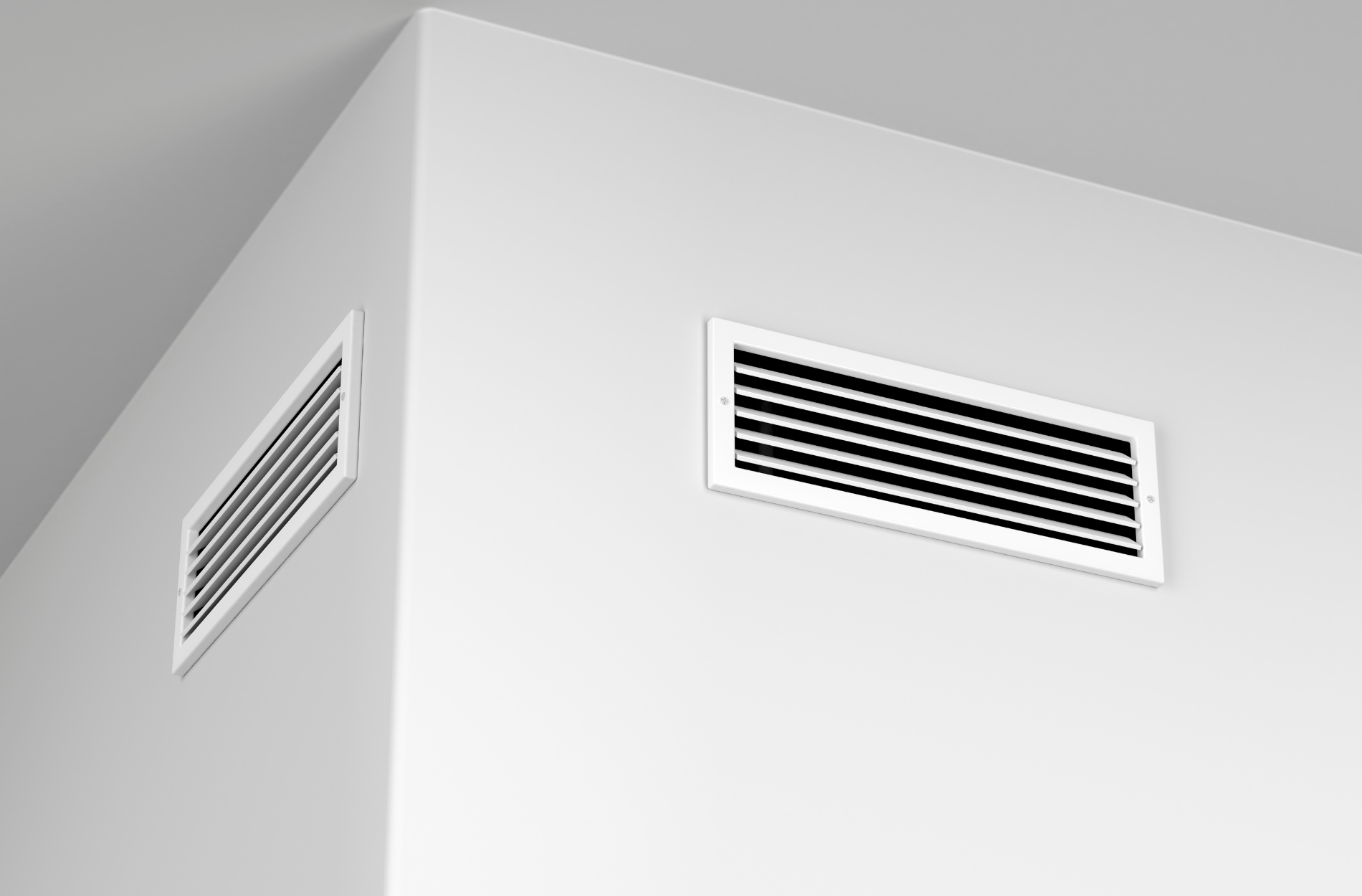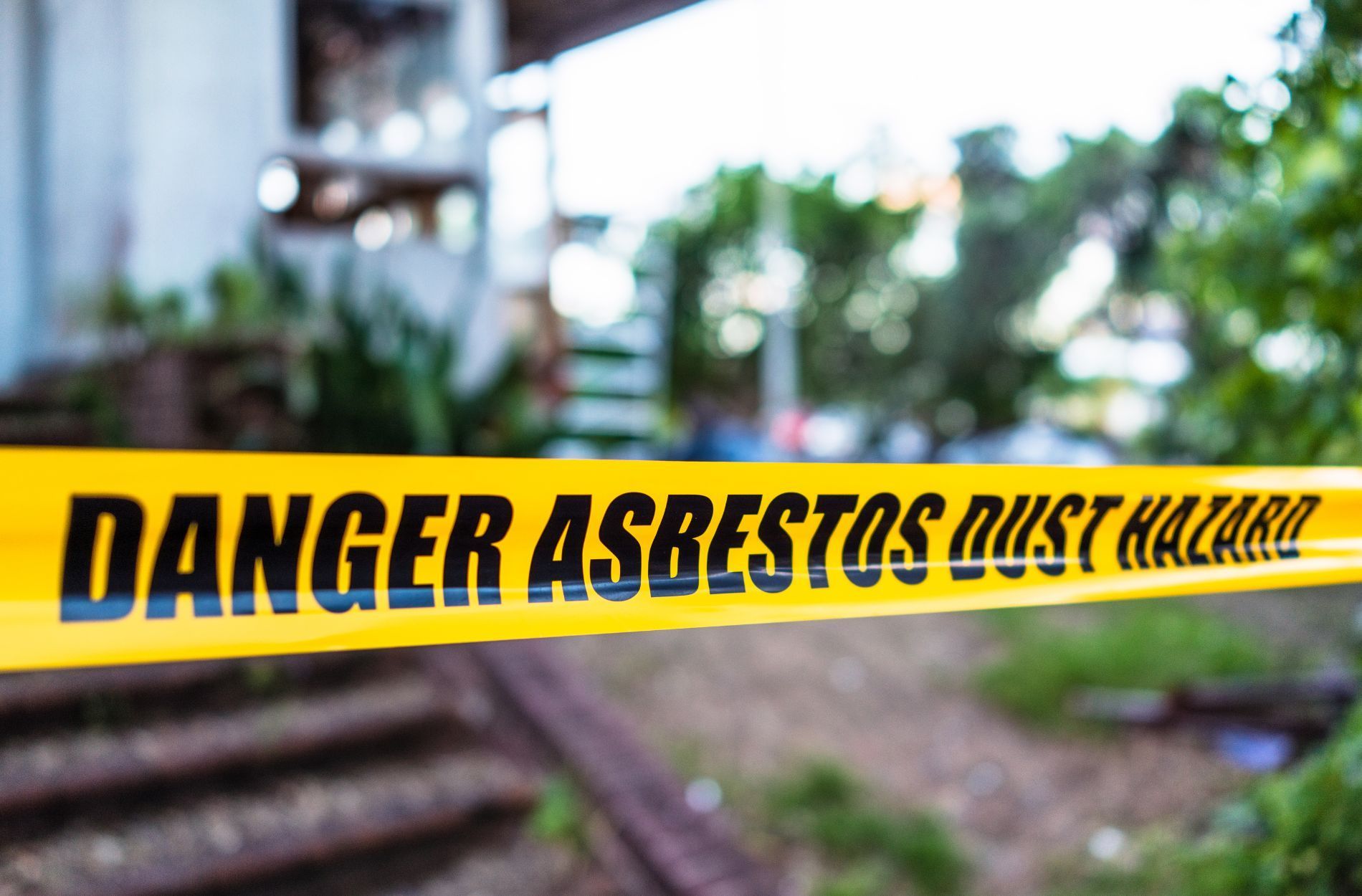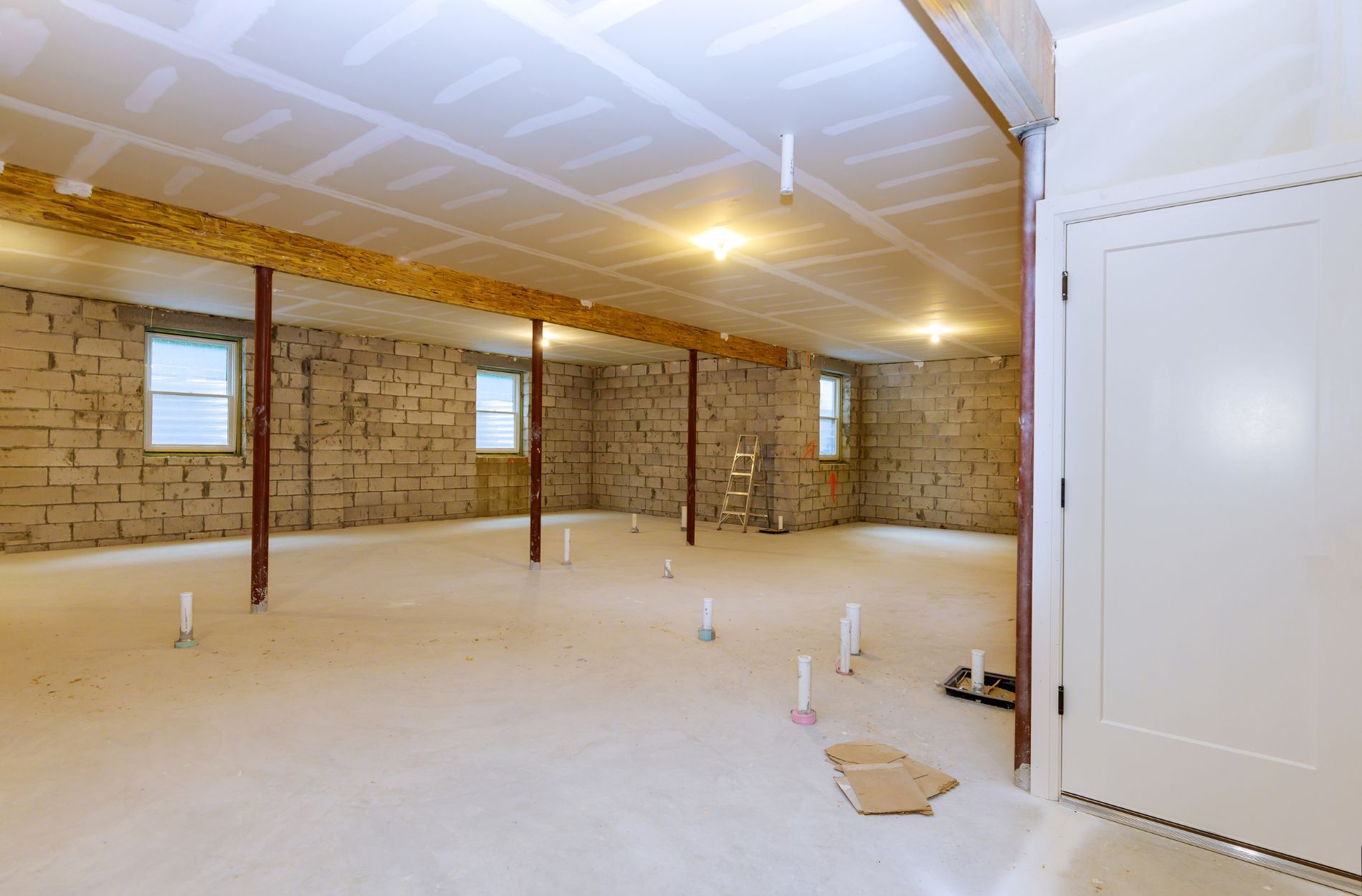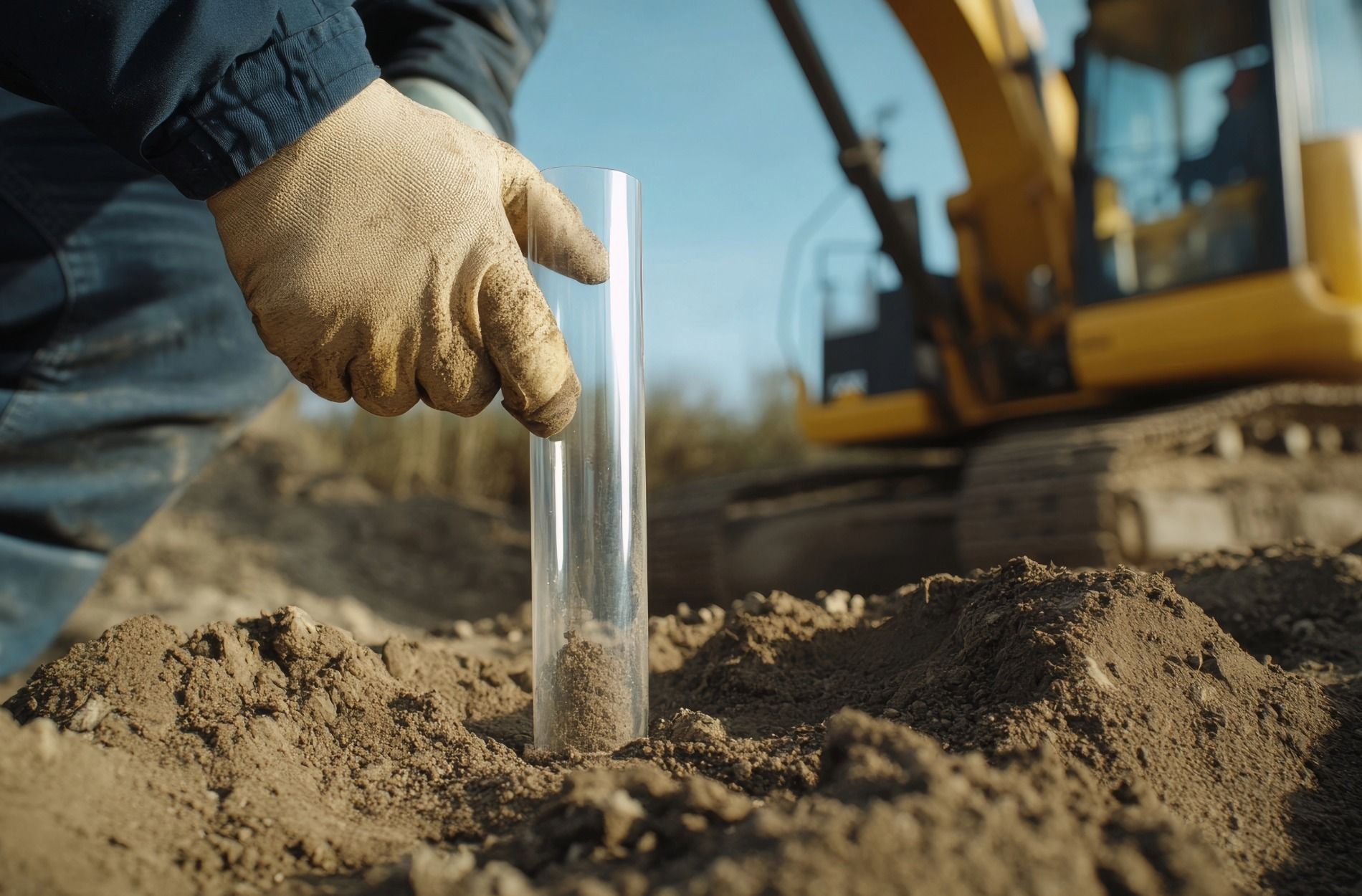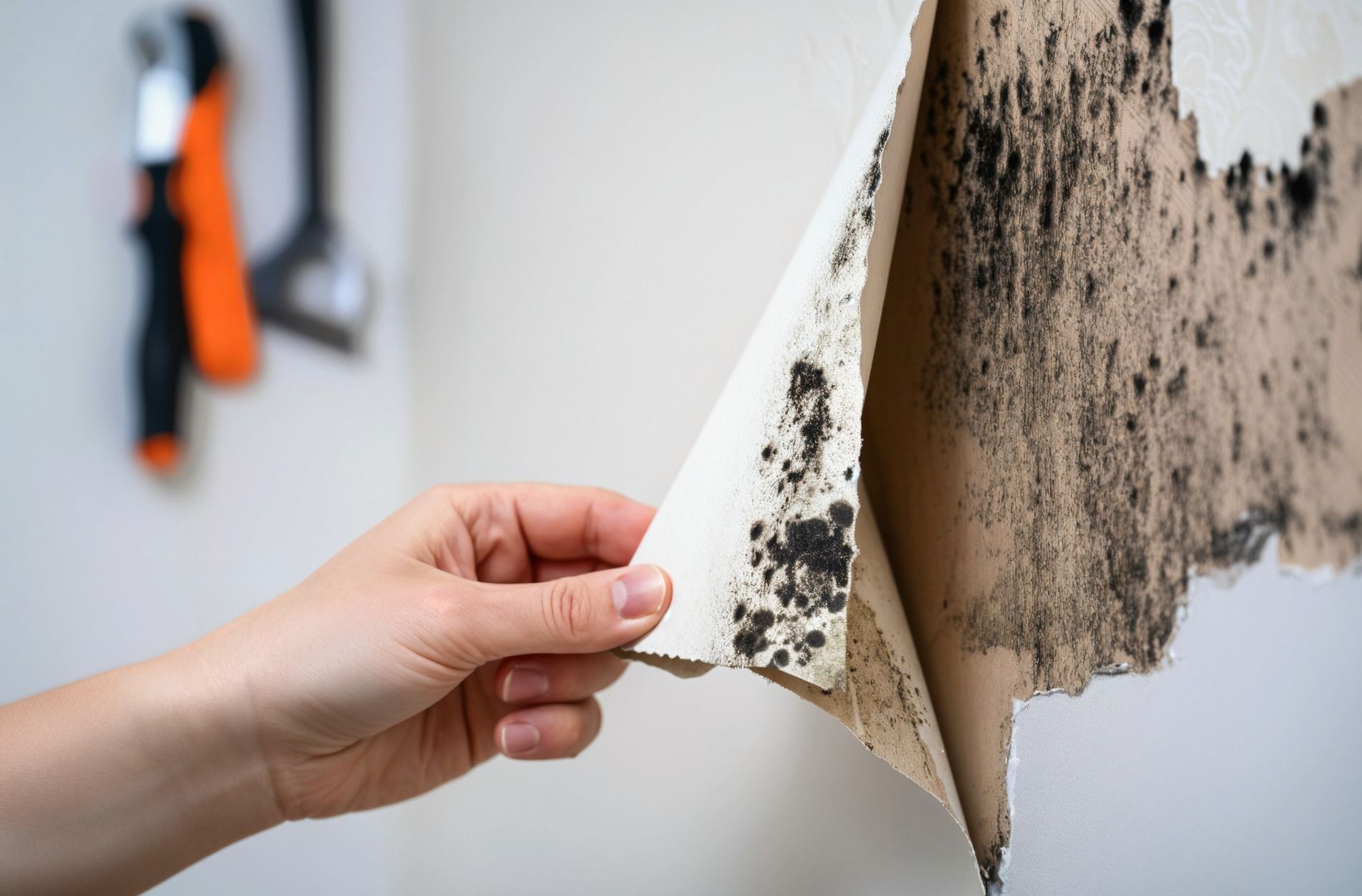Discolored Water Coming From Your Taps?
Nothing feels quite as off-putting as turning on a faucet and seeing brown, yellow, or even reddish water pour out. It doesn’t just look strange — it makes you question whether the water is safe to use or drink. Whether it’s coming from your kitchen sink, bathroom, or shower, discolored water is a sign that shouldn’t be brushed aside.
Sometimes the problem clears up after a few minutes, and other times it sticks around for days. Either way, it’s worth finding out what’s behind the color change. Ignoring it could mean bigger issues are hiding in your pipes, or it could point to something affecting your water supply that needs attention. Clean, clear water matters not just for comfort but also for cooking, bathing, and keeping your home running safely.
Common Causes of Discolored Water
Discoloration in tap water can come from several sources. Some causes come from inside your home’s plumbing, and others can stem from the water supply outside your property.
Here are some common reasons your tap water may look odd:
- Rust from old pipes: If your home has older metal plumbing, rust is a likely culprit. Over time, pipes corrode, and bits of rust can mix into the water. You might notice an orange or reddish tint, especially after the water hasn't been turned on for a while, like after a vacation or overnight.
- Sediment stirred up:
Even treated water can carry minerals and fine particles. Changes in water pressure or recent maintenance work can stir up sediment settled at the bottom of pipes, temporarily affecting the color.
- Water main repair or hydrant flushing:
Local water departments sometimes flush hydrants or work on pipelines, which can stir up sediment in the system. Cloudy or yellow water can appear for a short while during these activities.
- Faulty water heater:
If discolored water only shows up when you run the hot tap, the issue could be inside your water heater. Sediment buildup, internal corrosion, or a failing anode rod can cause discoloration in hot water.
- Municipal water supply changes: Depending on the time of year, treatment methods, or problems at the source, your municipal water supply may change. These shifts can temporarily alter the clarity and color of your water.
One common scenario is when hydrant flushing in your neighborhood kicks up sediment. This might turn your water brown or yellow for a short amount of time. While this is often harmless, it’s still a good reason to monitor the situation closely. If it continues over the next few days, it's a sign to dig deeper.
Not all causes are dangerous, but guessing isn’t a good strategy. You need testing to get real answers.
Health Risks Associated With Discolored Water
Just because water looks unusual doesn’t always mean it’s unsafe, but discoloration can be a sign of unwanted particles or contaminants. Rust, sediments, or organic material might be in the mix. These contaminants could stress your plumbing, leave harsh stains, or in some cases, affect your health.
Rust in small amounts typically won’t make you sick, but it’s still not ideal, especially for people with allergies or sensitive skin. Over time, rusty water can clog up fixtures, limit water flow, and speed up damage to appliances like your dishwasher or washing machine.
What’s more concerning is when the discoloration signals something worse. What appears to be rust or harmless particles might be masking toxic substances like heavy metals or microorganisms. If that’s the case, regular use of the water, especially for brushing teeth or cooking, can be risky.
Clean, safe water is key to keeping your household healthy. Here’s why:
- You use water daily for cooking, brushing teeth, and filling drinking glasses
- Bathing in poor-quality water may cause rashes or irritation
- Small children, elderly people, and those with health conditions are more sensitive to water issues
- Dirty or contaminated water can shorten the lifespan of your home’s appliances and plumbing
If your water looks, smells, or feels off — don’t ignore it. It’s better to have it tested and get answers than take chances with what goes into your family's routine.
Steps to Take When You Notice Discolored Water
If your tap water suddenly looks strange, a quick check can tell you whether it’s a small issue or something more serious. It’s always better to act fast, because delays could make things worse or let a problem spread without you knowing.
Start with these steps:
1. Let the water run for a few minutes to see if it clears. Sometimes flushing the line works if sediment built up while water wasn’t running.
2. Check hot and cold water separately. If only your hot water looks discolored, your water heater could be causing the issue.
3. Ask your neighbors if they’re seeing the same problem. If they are, the cause may be on the local side of the water system.
4. Avoid using the water for cooking, drinking, or bathing until you know it’s safe.
Just because the water clears up right away doesn’t mean the problem is solved. If the issue comes back again or changes in smell or texture show up, there’s probably something more going on. Don’t wait too long to bring in professional help.
Benefits of Professional Water Testing Services
When the water from your tap looks off, testing is the only sure way to know what you’re dealing with. Trying to figure things out just based on looks can be misleading. You might fix the wrong thing, or miss a deeper problem entirely.
Professional water testing checks for many things at once, like rust, bacteria, minerals, and any serious chemicals that might be hiding beneath the surface. It shows what kind of contaminants are present and helps pinpoint their source, whether it’s inside your home or from the larger water supply.
Here’s what professional water testing services can do for your home:
- Identify whether discoloration is from rust, sediment, bacteria, or other causes
- Detect contaminants that aren’t visible, like lead or pesticides
- Help keep your plumbing and water-based appliances in better shape
- Provide reassurance that your tap water is safe for daily use
It’s a little like getting a full checkup for your plumbing system. Rather than patching whatever seems most obvious, you get full answers and a clear fix — which saves you time, money, and worry.
Ensuring Clean Water for Your Home
Discolored water is more than annoying — it could point to something bigger that needs attention. Even if the problem seems to resolve on its own, that doesn’t mean it’s gone for good. The only way to make sure your water is safe and clean is by getting a reliable test from a trusted source.
With all the daily uses of water, it's easy to assume everything’s fine until something looks bad. But the clearest water problems often show up after weeks or months of slow buildup. Catching the signs early keeps things from turning into major repairs.
Whether you’re brushing your teeth, filling a cooking pot, or stepping into a warm shower, your water should be clear and safe every time. By paying attention to changes in color or taste and getting professional support quickly, you protect both your home and the people in it.
Getting peace of mind from clean water doesn’t need to be complicated. A little action now can save a lot of struggle down the line. Oak Leaf Environmental is here to help you take the next step.
If you're noticing that your water isn't as crystal clear as it should be, it might be time to take action. Getting to the root of the problem can save you from bigger headaches down the road. To ensure your water is safe and meets quality standards, consider our comprehensive
water testing services. At Oak Leaf Environmental, we understand the importance of clean water in your daily life. Our team is ready to help you ensure your home's water remains safe for you and your family.
